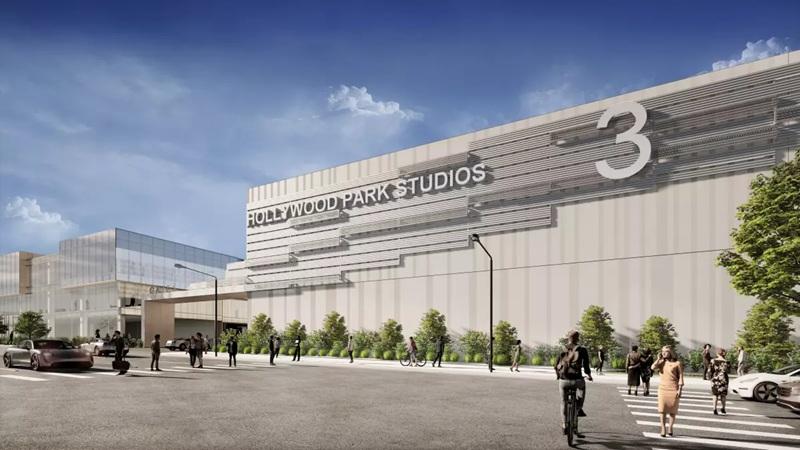Featured image credit: Ted Eytan
Having served Pasadena and the Greater Los Angeles area for over 102 years, the Rose Bowl Stadium is something of an institution to Angelenos. But designers obviously built it with a different time and, in a sense, a different city in mind. The Lasting Legacy Campaign, an organization tasked with maintaining the Pasadena stadium, recently announced a series of ambitious upgrades aimed at elevating the Rose Bowl experience. The outlined changes will allow the venue to stay competitive with other area stadiums and arenas while maintaining its historic integrity and unique beauty.
A Promising Start

The Lasting Legacy Campaign touted eight distinct projects slated for the Rose Bowl Stadium Pasadena through 2029. Three of the more manageable projects have already been completed at the time of writing. These include:
- Renovating the historic sign greeting guests at the entrance
- Installing railings in the first few rows of the stadium’s student section
- Upgrading the venue’s sound system (great news for fans looking forward to seeing Oasis’s return at the venue next year)
Saving the Worst Seats in the Rose Bowl Stadium
One of the largest projects floated by the Lasting Legacy Campaign addresses some of the worst seats in the house. While discussing the proposed changes on LAist 89.3’s AirTalk, Rose Bowl Legacy Foundation President Dedan Brozino teased, “We’re trying to really take what arguably is the worst seat in the venue currently, which is that end zone seat, and amplify it.” In this case, amplification takes the form of the south end zone field club, an 800-seat area allowing fans to pivot from seating to a field-level patio area. The Lasting Legacy Campaign slates the addition of the field club for a fall 2026 completion.
Video Killed the Stadium Star
The woefully inadequate video board at the north end of the Rose Bowl Stadium will also be upgraded under the roster of new initiatives. Currently, the video screen broadcasts instant replays and little else. But by expanding its width, planners hope to begin incorporating “kiss cams” and other audience interactions popularized at competing stadiums and arenas with larger screens. However, plans would not lengthen the height of the screen for fear of obscuring the stadium’s picturesque mountain views.
In Desperate Search of Leg Room

Yet, it’s a plan to offer more legroom to guests that may be the most ambitious of the Lasting Legacy Campaign’s tasks. The project will kick off with a lamination to safeguard the venue’s historic concrete. But, as Brozino clarified to the LAist, the project will also require that almost one out of every three rows be removed to accommodate the planned legroom.
The Timetable for These Rose Bowl Stadium Projects
Currently, the Lasting Legacy Campaign serving the Rose Bowl Stadium does not have the funding to give an accurate projection of completion for the re-seating and video screen expansion projects. Therefore, assuming they will raise the $45 million to $50 million estimated for these projects, they’re eyeing a 2029 completion. This means working around major events including the fast-approaching 2028 Olympic Games. However, it’s a necessary path forward to ensure the Rose Bowl Stadium doesn’t slip into a curious relic but instead remains a viable venue for major sporting and live music events.




